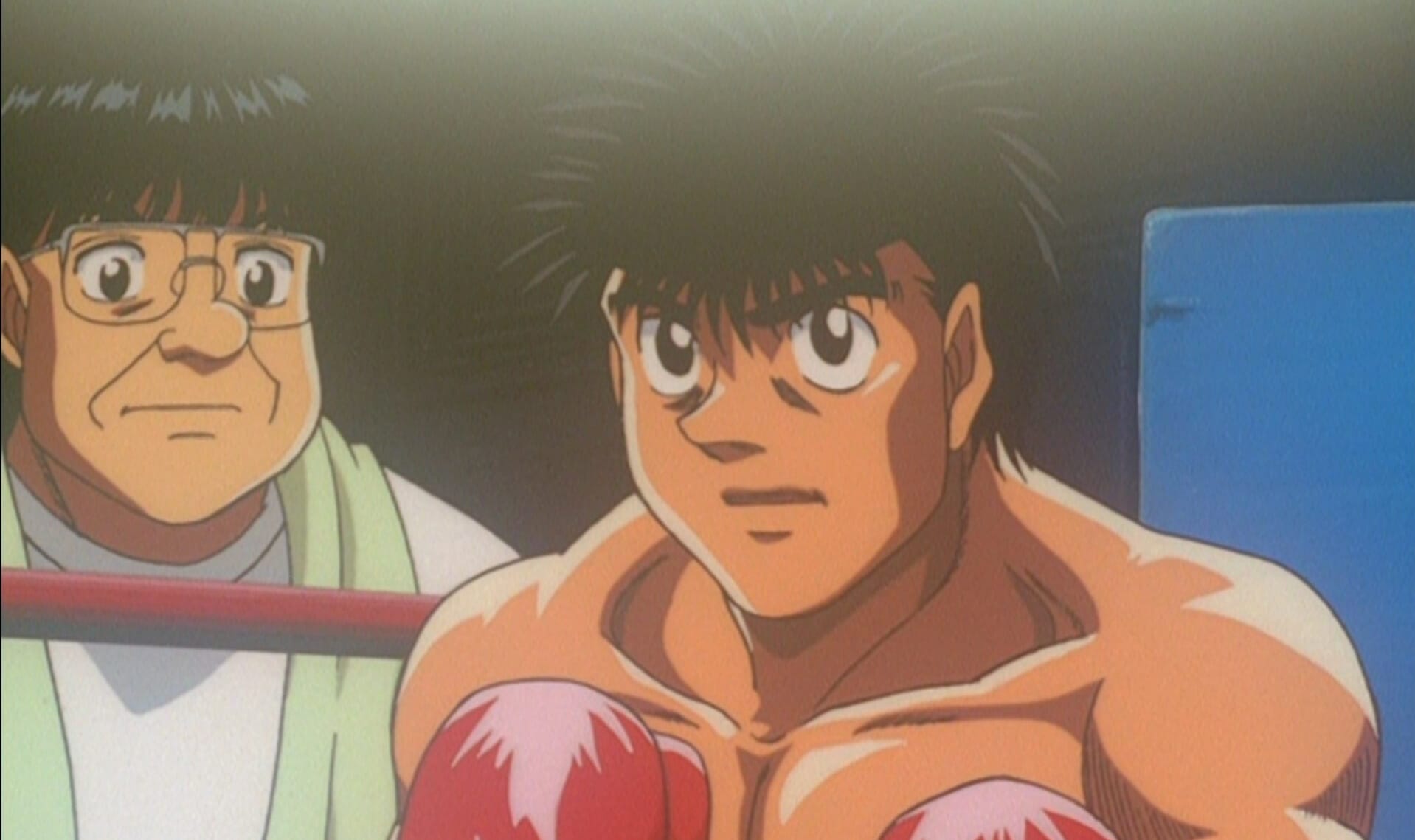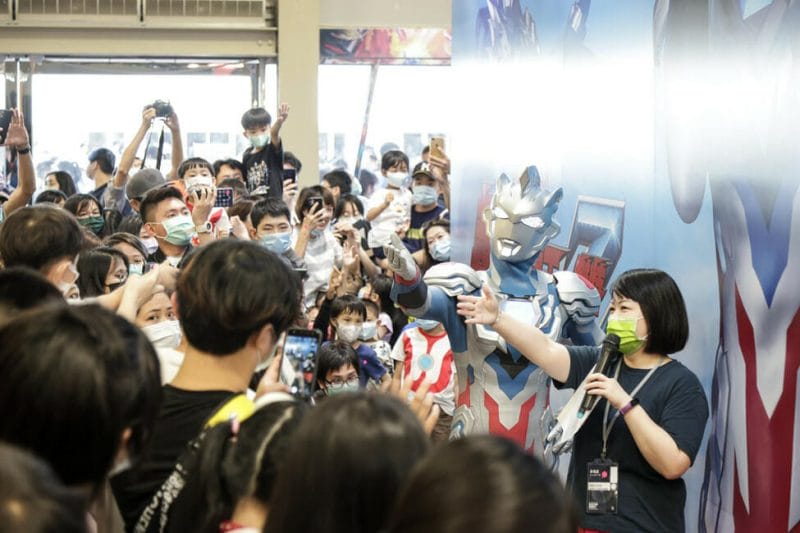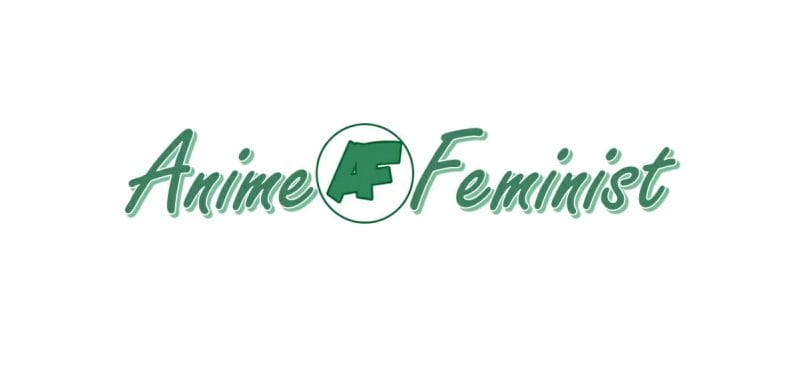Editor’s Note: Éder Jofre was admitted to the hospital for pneumonia on March 4. He is currently undergoing physical therapy and is in the care of his family and medical team. All interviews for this piece were conducted prior to his hospitalization; the Anime Herald team wishes Mr. Jofre a full and speedy recovery.
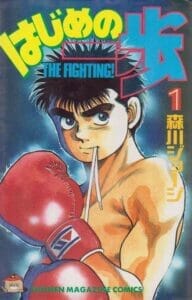 Many of the media world’s most enduring dramas owe their very existence to boxing. One would be hard-pressed to find anyone who hasn’t heard of Raging Bull, a 1980 biopic about legendary and controversial Italian-American boxer Jake La Motta (1922 – 2017) starring Robert De Niro and directed by Martin Scorsese, or fictional underdog story Rocky (1976), which launched Sylvester Stallone to stardom. In the pages of Weekly Shōnen Magazine mangaka George Morikawa introduced the world of Hajime no Ippo, which tells the saga of the strong-willed Ippo Makunouchi on October 11, 1989.
Many of the media world’s most enduring dramas owe their very existence to boxing. One would be hard-pressed to find anyone who hasn’t heard of Raging Bull, a 1980 biopic about legendary and controversial Italian-American boxer Jake La Motta (1922 – 2017) starring Robert De Niro and directed by Martin Scorsese, or fictional underdog story Rocky (1976), which launched Sylvester Stallone to stardom. In the pages of Weekly Shōnen Magazine mangaka George Morikawa introduced the world of Hajime no Ippo, which tells the saga of the strong-willed Ippo Makunouchi on October 11, 1989.
Two years after its debut, Hajime no Ippo won the 15th Kodansha Manga Award in the shōnen category. By 2019, it had sold more than 96 million copies in print, making it a true best-selling series.
Boxing was the most popular sport in the first half of the 20th century, and it enjoys a respectable following in Japan as well in England, Mexico, Argentina and the United States; in the latter, the series was named Fighting Spirit in 2003.
The series revolves around Ippo Makunouchi, who takes up boxing after being bullied. He is a shy and docile kid who shows grit and a never-say-die attitude once he climbs the ropes into the squared circle. Since the series’ launch, Ippo’s story has been told in a multitude of formats, from anime, a live-action TV movie, an original video animation (OVA), and several video games.
Before Hajime no Ippo, though, there was Ashita no Joe, published in 1968 by writer Asao Takamori (Ikki Kajiwara) and illustrated by Tetsuya Chiba: both pillars of the shōnen genre.
“It is clear that ‘Hajime no Ippo’ is the most popular boxing manga in Japan,” states Keiko Yamazaki, Professor of Folk Entertainment from the Faculty of Arts at Tamagawa University in an interview with Anime Herald, after reviewing and comparing popularity ratings on peoples’ favorite manga and genres in Japan and overseas.
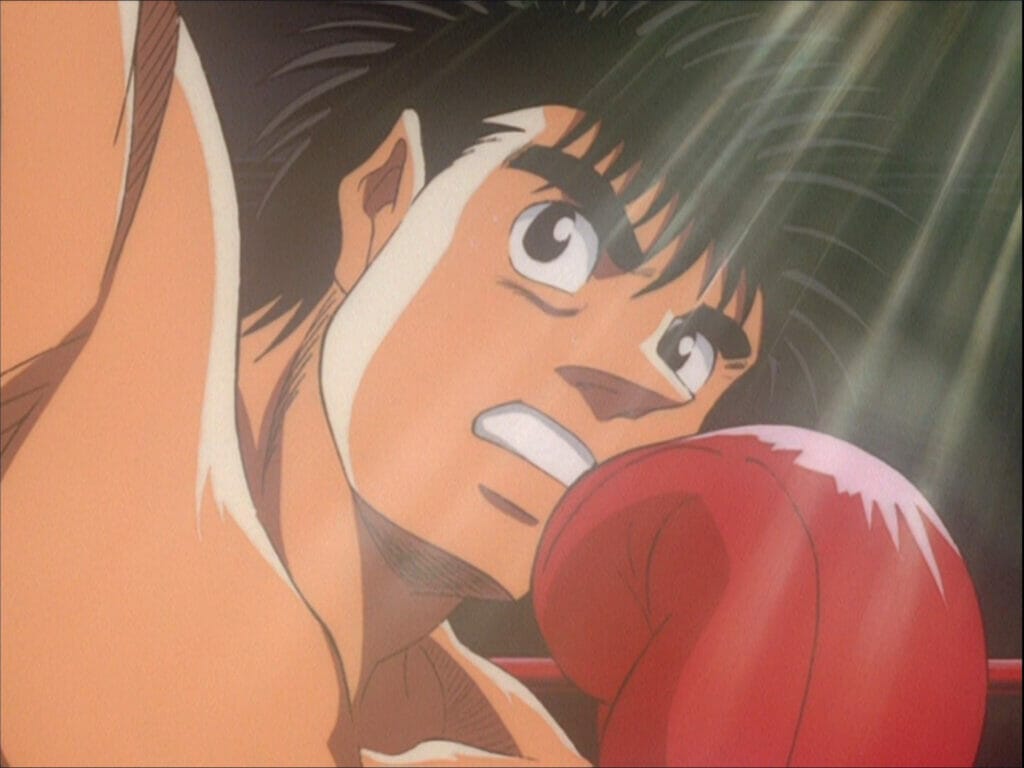
On how positioned Hajime no Ippo is in the country’s culture, Yamazaki is didactical: “As a boxing manga that, like Pokémon, has been developed through a combination of manga, anime, and video games, I think this work should be taken up as a good example of modern Japanese culture.”
Morikawa’s creation is one of the cornerstones of the shōnen genre, a style that was first aimed at young male readers. Over time, though, the series grew in popularity, and its overall appeal broadened to new audiences. Veteran Britain-based Japanese mangaka Chie Kutsuwada posits that the series is now loved by any gender, across a wide age group. In an email interview, Kutsuwada noted that the shōnen genre “was originally designed to attract male and young readers, but now it attracts a lot of female and older readers too.”
She added that shōnen‘s mainstream appeal can be best exemplified by the success achieved by Koyoharu Gotouge’s manga and anime (TV and film) property Demon Slayer: Kimetsu no Yaiba. According to Kutsuwada, most of this traction with audiences stems from the way readers and viewers identify with the leading character.
“I think the protagonist’s willpower to fight through the difficulties is one of the big appealing points of this genre, explains Kutsuwada. “Most of the protagonists in this genre keep on maintaining their will to fight and survive through different levels of difficulties, and through their fights (literary and non-literary), they grow up. We, no matter your gender or age, can sympathize with or/and be encouraged.”
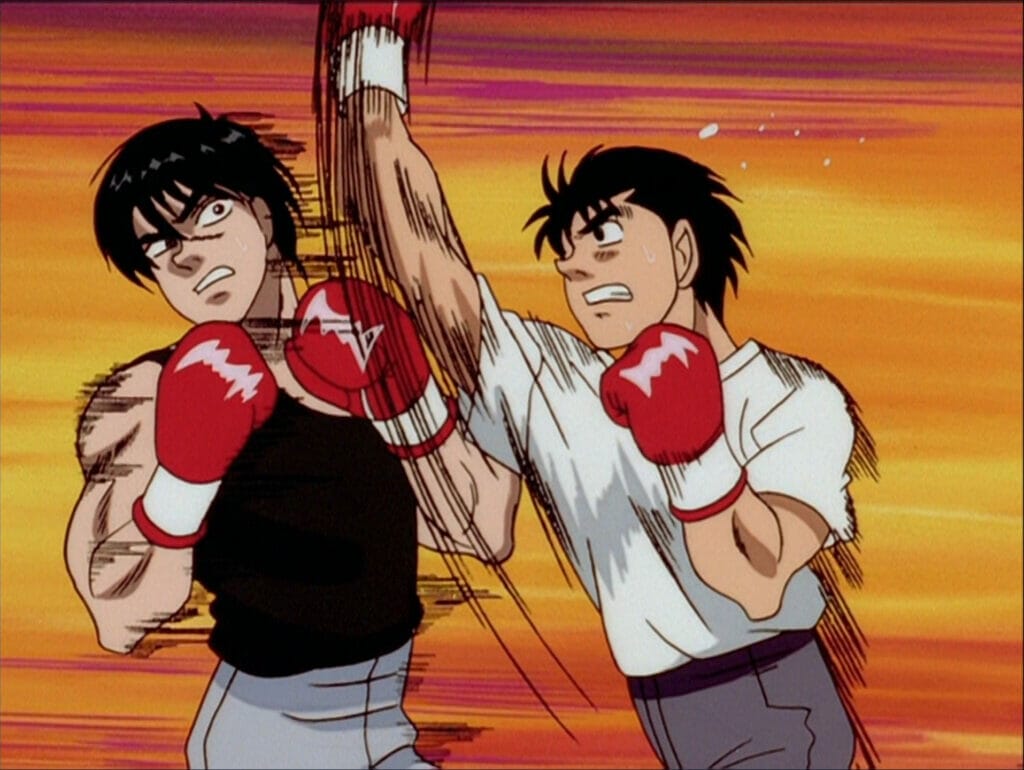
The manga for boxing legends and aficionados
Hajime no Ippo is a love letter to the “sweet science” of boxing—something it proudly displays through numerous references to real-life boxers. Ippo, himself, even has a fighting style that borrows from iconic American fighters like Jack Dempsey, Floyd Patterson and Mike Tyson.
There are also mentions of Japanese fighter Fuji Takeshi and Panamanian battler Roberto Durán, to name a few. Among these legends, the series also makes a nod to legendary Brazilian boxer Éder Jofre, 85, a three-time world champion who is regarded by boxing bible Ring Magazine as the best Bantamweight of all time in their December 2021 issue.
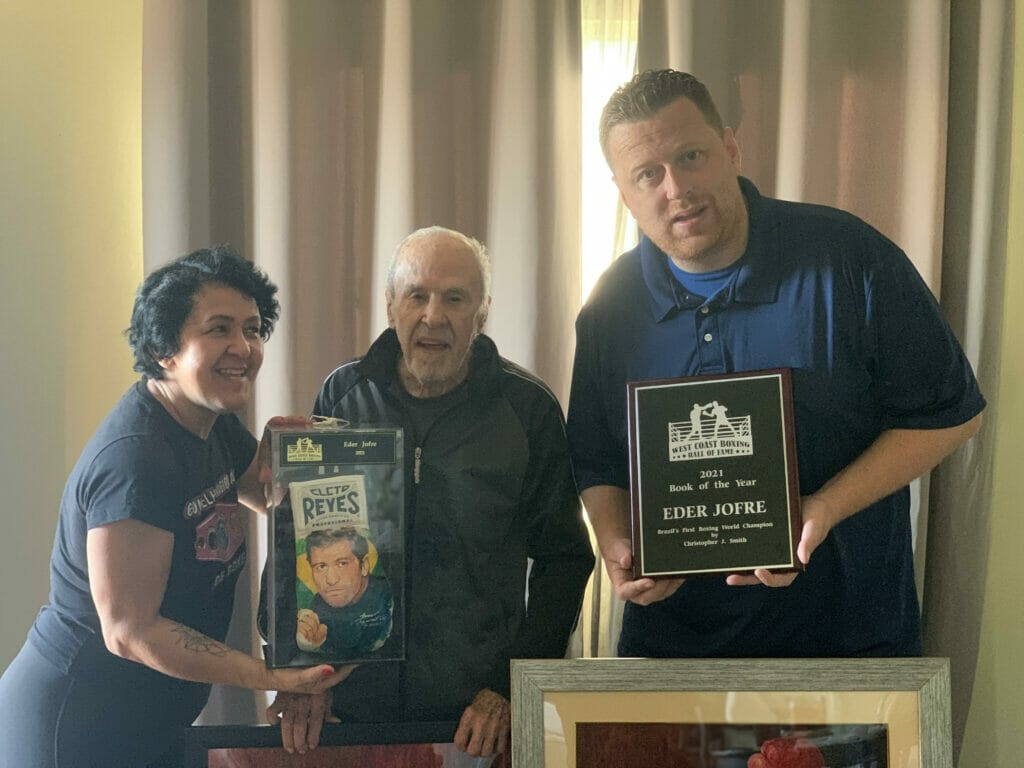
In Hajime no Ippo, coach Genji Kamogawa teaches Ippo to throw an uppercut. And as his pupil executes the move, Kamogawa recalls seeing it performed to perfection by Jofre who, in his heyday, was immensely popular in Japan and counted the uppercut among his signature moves.
Anime Herald reached to Jofre, through his daughter Andrea, in order to learn about how he feels to be part of the Hajime no Ippo lore, to which he replied: “I feel highly honored to be mentioned in the manga, I see that I have admirers in Japan and that I can still be a reference to young people to this day.”
Jofre had his first English-language biography published in 2021 by Christopher J. Smith, a boxing historian from the USA. The book, Eder Jofre: Brazil’s First Boxing World Champion, is helping to further his legacy outside of Brazil and according to Smith, Hajime no Ippo has a role in this equation.
Smith believes that the callback to Jofre’s expertise in Hajime no Ippo demonstrates that the talented South-American former athlete is “not just respected for being one of the best boxers of all time, but also one of the most memorable, who always showed class inside and outside of the ropes.”
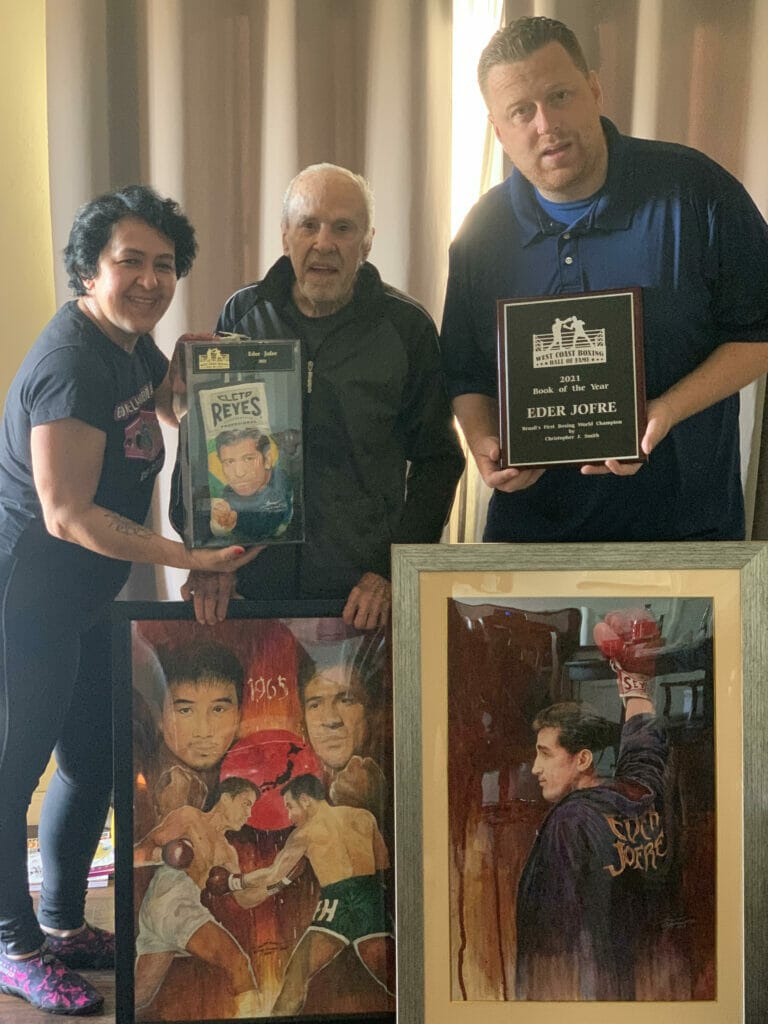
Jofre hasn’t just used his hands for pummeling his rivals. He’s also devoted his talents toward drawing and painting. In his early teenage years, Jofre spent some time studying at the renowned Liceu de Artes e Ofícios de São Paulo (School of Arts and Crafts of São Paulo, LAOSP), where he studied architectural drawing before the facility’s roof collapsed. Though he wasn’t injured, Jofre lost his study materials in the accident. Since he couldn’t afford new materials, although having been complimented on his talents by renowned Brazilian artists Aldemir Martins and Caciporé Torres, his dream of becoming an architectural designer was sadly not meant to be.
Even if following his artistic calling wasn’t a possibility, though, Jofre still practiced his art, and continues to do so to this day. In his eyes, the art in Hajime no Ippo has a very pleasant style, which also has garnered fans around the globe. The series has attracted numerous members of the boxing community ranging, from fighters, to coaches, to fans, and even casual readers, thanks to its relatable story.
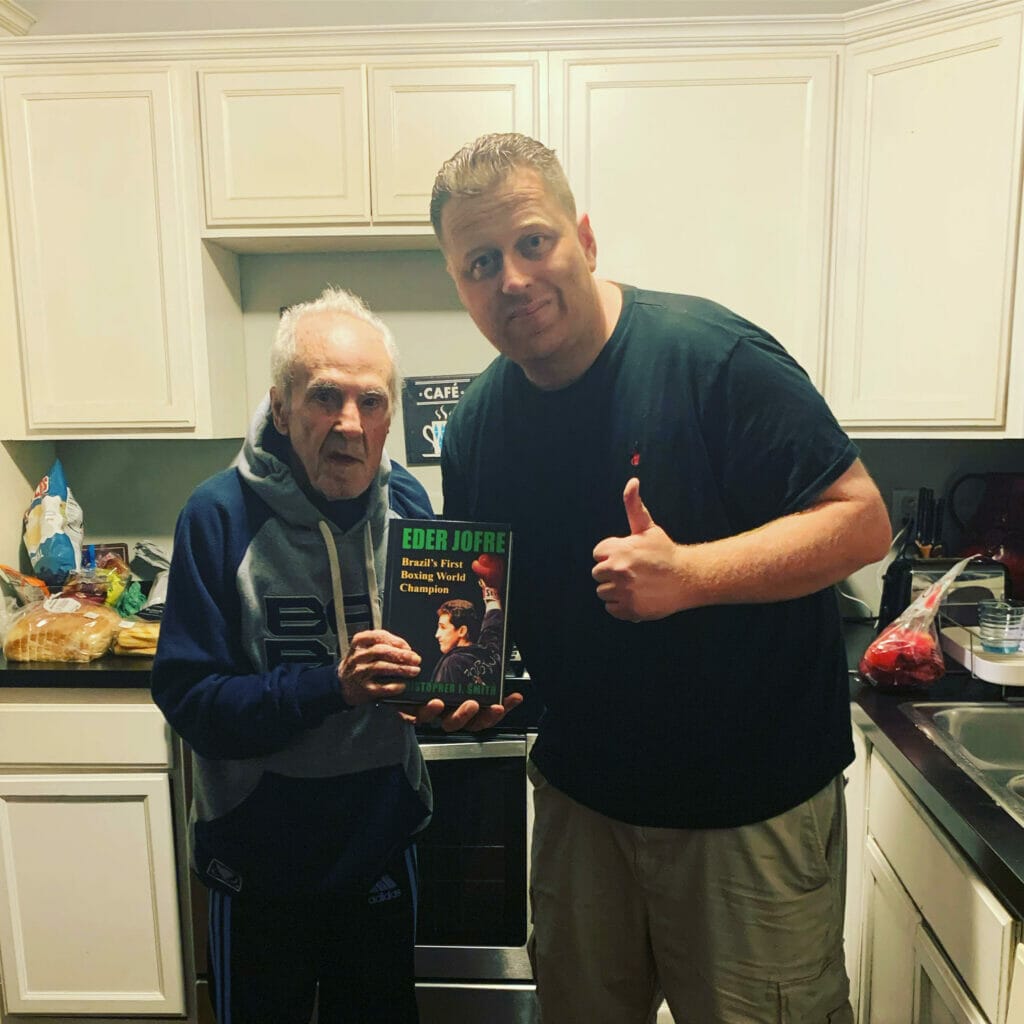
“I can say that (Hajime no Ippo) is a manga that many readers, not just boxers, can relate to, in the sense that it is a story of a gentle protagonist who is bullied and finds his way in life through boxing and becomes stronger,” concludes Professor Yamazaki.
”It has been serialized for almost thirty years, and it is definitely a milestone in Japanese boxing manga. The fact that it has been made into an anime several times and a video game has also been sold confirms its popularity, and the comments from boxing fans on the Internet suggest that the depiction of the fights is realistic.”


